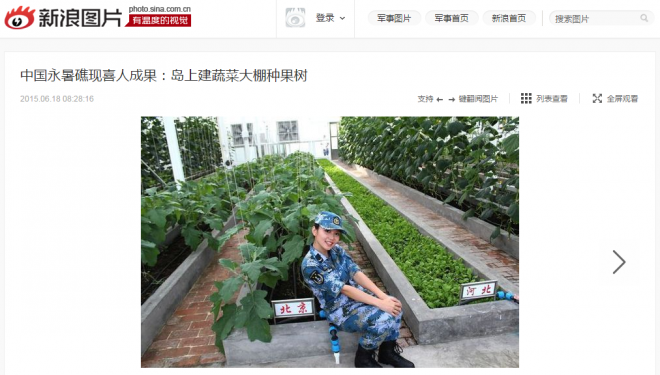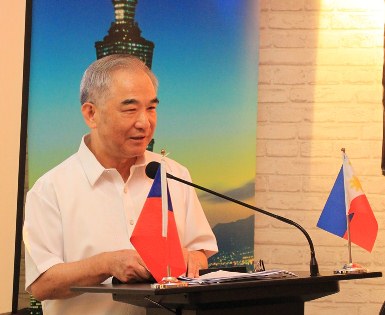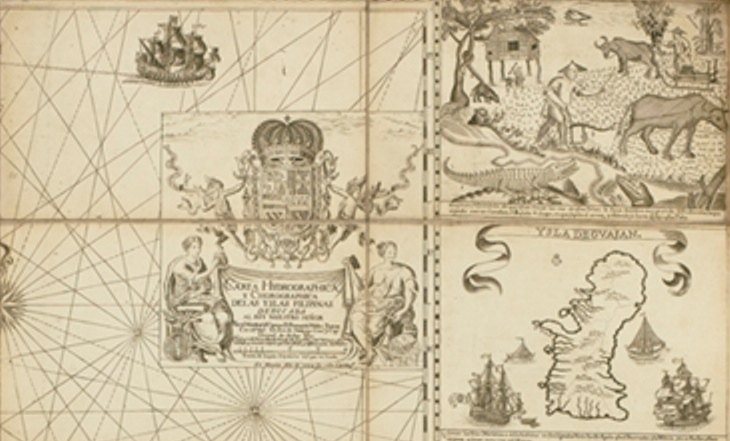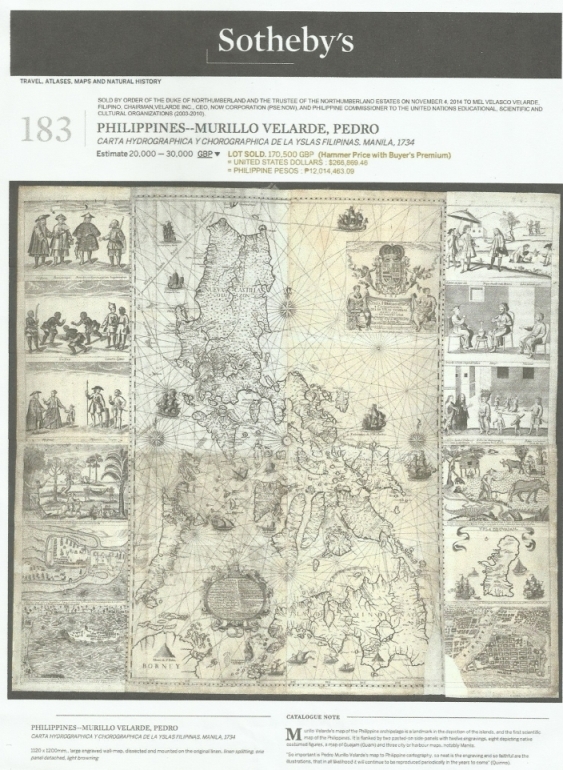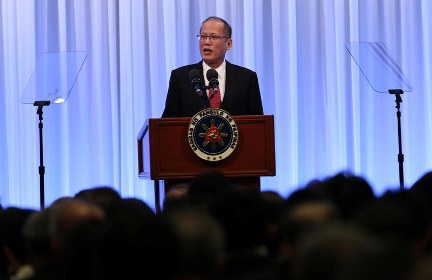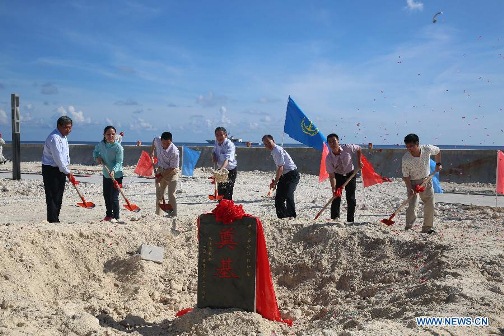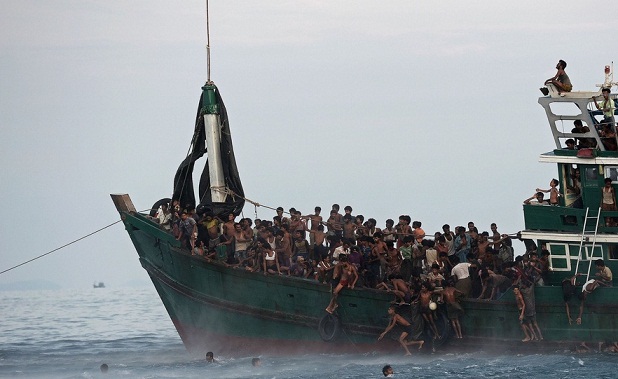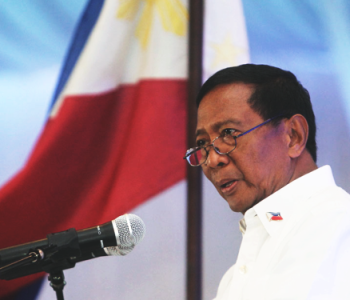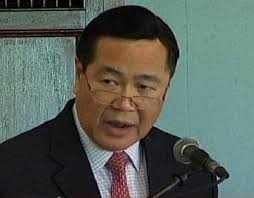By Ellen T Tordesillas and Tessa Jamandre, VERA Files
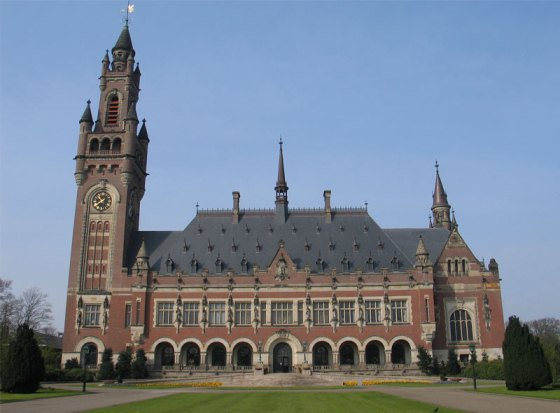
That’s because the Philippine team won’t be arguing its territorial claims, which are not under the jurisdiction of the Arbitral Tribunal in The Hague in the Netherlands.
“We are very confident that we can convince the court that this is not about ownership of land,” said former solicitor general now Supreme Court justice Francis Jardeleza, who is part of the Philippine team.
Instead, the Philippines merely wants the Tribunal, which interprets UNCLOS, to invalidate China’s 9-dash line claim over the South China Sea.
